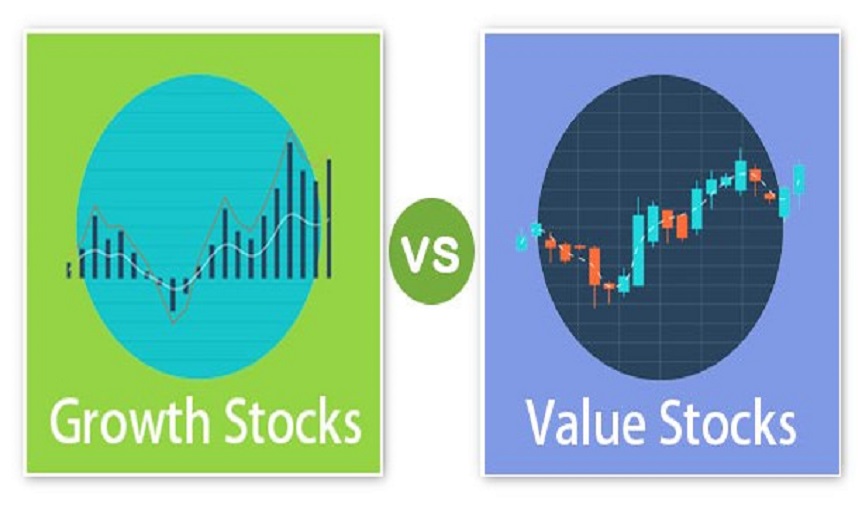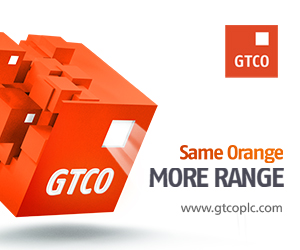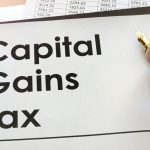Economy
Are Stop Losses for Wimps?

By Steve Brice
When I started out in banking, I was based in a dealing room advising traders on potential positions to take. The positions were focused and generally very short-term in nature. Therefore, risk management was not a ‘nice-to-have’, it was vital to job security. When entering a trade, a stop-loss – a level at which the position taken would be unwound if it was losing money – was a must.
It was against this backdrop that a former colleague quipped that ‘stop-losses are for wimps’. He was of course referring to certain stocks in his portfolio which had fallen dramatically – he was probably justifying to himself why he should keep it! However, it raises an interesting question: Should we employ stop-losses when we invest?
While many people will be very passionate about this topic, as with most things in life, context is key. If you think about it, the existence of the stop-loss is a hedge against the fact that nobody knows what is going to happen and therefore you need to build in a circuit-breaker to avoid the behavioural biases that come with a loss-making position – the ostrich, or ‘head in the sand’, syndrome.
So, how does this translate for an average investor? I would argue that there are two dimensions to consider: the nature of investments being discussed and your time horizon. Let’s take each in turn.
I have a much greater conviction level that a diversified ‘foundation’ allocation (which includes exposure to different asset classes such as stocks, bonds, gold and private assets), or even a diversified equity portfolio, is more likely to rise over a given period of time than any individual stock.
The reason is simple. Different asset classes have different drivers and hence are usually uncorrelated in their moves. Therefore, just combining them into a portfolio smooths out the bumps and increases the probability of positive returns for the portfolio as a whole.
When it comes to the stock market, there are also different drivers that determine equity market or individual stock returns, but let’s simplify them into broad market drivers and idiosyncratic drivers. If the economy enters a recession, then most stocks will fall sharply in value. However, a company’s failed product launch will largely hit one stock, and those of a few of its suppliers. Its impact on the overall market will be much less severe.
This brings me to Principle Number 1: The broader the investment, the less likely a stop-loss is warranted and that a buy on dips approach makes sense.
A very good friend of mine recently questioned how applicable this ‘buy on dips’ approach was to stock markets outside of the US. So, we ran the numbers for some major global and Asian markets in terms of probability of positive returns over different time horizons and the potential size of returns for investors. The results are pretty interesting.
First, the historical probability of positive equity market returns across any given 12-month period, at around a two-thirds probability, is generally similar across major global or Asian indices – China is an outlier at just 55%. If you extend your time horizon to 5 years, this probability generally increases to around 80% – the outliers are Japan’s TOPIX (66%) and India’s Sensex (92%).
Second, we looked at what has happened after a 10% or 15% market pullback. Focusing on the 1-year time horizon, we can break the countries into 3 groups:
1) either the probability of positive returns or size of average return or both have increased significantly after a market sell-off. Markets that fall into this group include the US, Germany, UK, India.
2) there is no material change in either variable. This includes Hong Kong, Malaysia and Korea. Once you lengthen your time horizon to 5 years though, they all move into the first group.
3) the probability of positive returns or their average quantum actually declines after a sell-off. Japan and onshore China markets fit into this group. On a 5-year time horizon, China also moves into the first group but, interestingly, Japan stays firmly in group 3.
Hence the conclusion is: outside of Japan, the ‘buy on dips’ mantra has made sense, especially when held by long-term investors.
The above analysis highlights the importance of the last factor: time horizon. The dealing room environment generally takes narrow exposures over a very short time horizon. Thus, stop-losses are crucial. However, I believe the message for the average investor is the reverse as long as they are focused on a diversified foundation allocation with a long-term focus.
Structural thematic investments also potentially fall into this category. The longer your time horizon, the more likely your investment is to generate positive returns as long as the structural fundamentals remain supportive. Here, again, instead of a stop-loss being appropriate, market declines offer an opportunity to add to longer-term thematic positions given the likelihood that declines will prove temporary.
Principle number 2: The longer your time horizon, the less desirable a stop-loss is, especially for diversified allocations or long-term structural themes.
Thus, for investors who are trying to trade the market and pick stocks, we believe a strict risk management framework including the use of stop-losses is absolutely critical to returns. However, we believe the majority of investors would be much better served by building a foundation allocation with a ‘buy on dips’ approach. Investors can systematise this ‘buy on dips’ approach through regular portfolio rebalancing – say at least once or twice a year and especially after major market dislocations to bring their allocations back to their desired risk tolerance. Such rebalancing is akin to an investor systematically “buying low and selling high” – a win-win proposition. For these investors, stop-losses are likely to get in the way of wealth accumulation.
Steve Brice is Chief Investment Officer at Standard Chartered Bank’s Wealth Management division
Economy
UK Backs Nigeria With Two Flagship Economic Reform Programmes

By Adedapo Adesanya
The United Kingdom via the British High Commission in Abuja has launched two flagship economic reform programmes – the Nigeria Economic Stability & Transformation (NEST) programme and the Nigeria Public Finance Facility (NPFF) -as part of efforts to support Nigeria’s economic reform and growth agenda.
Backed by a £12.4 million UK investment, NEST and NPFF sit at the centre of the UK-Nigeria mutual growth partnership and support Nigeria’s efforts to strengthen macroeconomic stability, improve fiscal resilience, and create a more competitive environment for investment and private-sector growth.
Speaking at the launch, Cynthia Rowe, Head of Development Cooperation at the British High Commission in Abuja, said, “These two programmes sit at the heart of our economic development cooperation with Nigeria. They reflect a shared commitment to strengthening the fundamentals that matter most for our stability, confidence, and long-term growth.”
The launch followed the inaugural meeting of the Joint UK-Nigeria Steering Committee, which endorsed the approach of both programmes and confirmed strong alignment between the UK and Nigeria on priority areas for delivery.
Representing the Government of Nigeria, Special Adviser to the President of Nigeria on Finance and the Economy, Mrs Sanyade Okoli, welcomed the collaboration, touting it as crucial to current, critical reforms.
“We welcome the United Kingdom’s support through these new programmes as a strong demonstration of our shared commitment to Nigeria’s economic stability and long-term prosperity. At a time when we are implementing critical reforms to strengthen fiscal resilience, improve macroeconomic stability, and unlock inclusive growth, this partnership will provide valuable technical support. Together, we are laying the foundation for a more resilient economy that delivers sustainable development and improved livelihoods for all Nigerians.”
On his part, Mr Jonny Baxter, British Deputy High Commissioner in Lagos, highlighted the significance of the programmes within the wider UK-Nigeria mutual growth partnership.
“NEST and NPFF are central to our shared approach to strengthening the foundations that underpin long-term economic prosperity. They sit firmly within the UK-Nigeria mutual growth partnership.”
Economy
MTN Nigeria, SMEDAN to Boost SME Digital Growth

By Aduragbemi Omiyale
A strategic partnership aimed at accelerating the growth, digital capacity, and sustainability of Nigeria’s 40 million Micro, Small and Medium Enterprises (MSMEs) has been signed by MTN Nigeria and the Small and Medium Enterprises Development Agency of Nigeria (SMEDAN).
The collaboration will feature joint initiatives focused on digital inclusion, financial access, capacity building, and providing verified information for MSMEs.
With millions of small businesses depending on accurate guidance and easy-to-access support, MTN and SMEDAN say their shared platform will address gaps in communication, misinformation, and access to opportunities.
At the formal signing of the Memorandum of Understanding (MoU) on Thursday, November 27, 2025, in Lagos, the stage was set for the immediate roll-out of tools, content, and resources that will support MSMEs nationwide.
The chief operating officer of MTN Nigeria, Mr Ayham Moussa, reiterated the company’s commitment to supporting Nigeria’s economic development, stating that MSMEs are the lifeline of Nigeria’s economy.
“SMEs are the backbone of the economy and the backbone of employment in Nigeria. We are delighted to power SMEDAN’s platform and provide tools that help MSMEs reach customers, obtain funding, and access wider markets. This collaboration serves both our business and social development objectives,” he stated.
Also, the Chief Enterprise Business Officer of MTN Nigeria, Ms Lynda Saint-Nwafor, described the MoU as a tool to “meet SMEs at the point of their needs,” noting that nano, micro, small, and medium businesses each require different resources to scale.
“Some SMEs need guidance, some need resources; others need opportunities or workforce support. This platform allows them to access whatever they need. We are committed to identifying opportunities across financial inclusion, digital inclusion, and capacity building that help SMEs to scale,” she noted.
Also commenting, the Director General of SMEDAN, Mr Charles Odii, emphasised the significance of the collaboration, noting that the agency cannot meet its mandate without leveraging technology and private-sector expertise.
“We have approximately 40 million MSMEs in Nigeria, and only about 400 SMEDAN staff. We cannot fulfil our mandate without technology, data, and strong partners.
“MTN already has the infrastructure and tools to support MSMEs from payments to identity, hosting, learning, and more. With this partnership, we are confident we can achieve in a short time what would have taken years,” he disclosed.
Mr Odii highlighted that the SMEDAN-MTN collaboration would support businesses across their growth needs, guided by their four-point GROW model – Guidance, Resources, Opportunities, and Workforce Development.
He added that SMEDAN has already created over 100,000 jobs within its two-year administration and expects the partnership to significantly boost job creation, business expansion, and nationwide enterprise modernisation.
Economy
NGX Seeks Suspension of New Capital Gains Tax
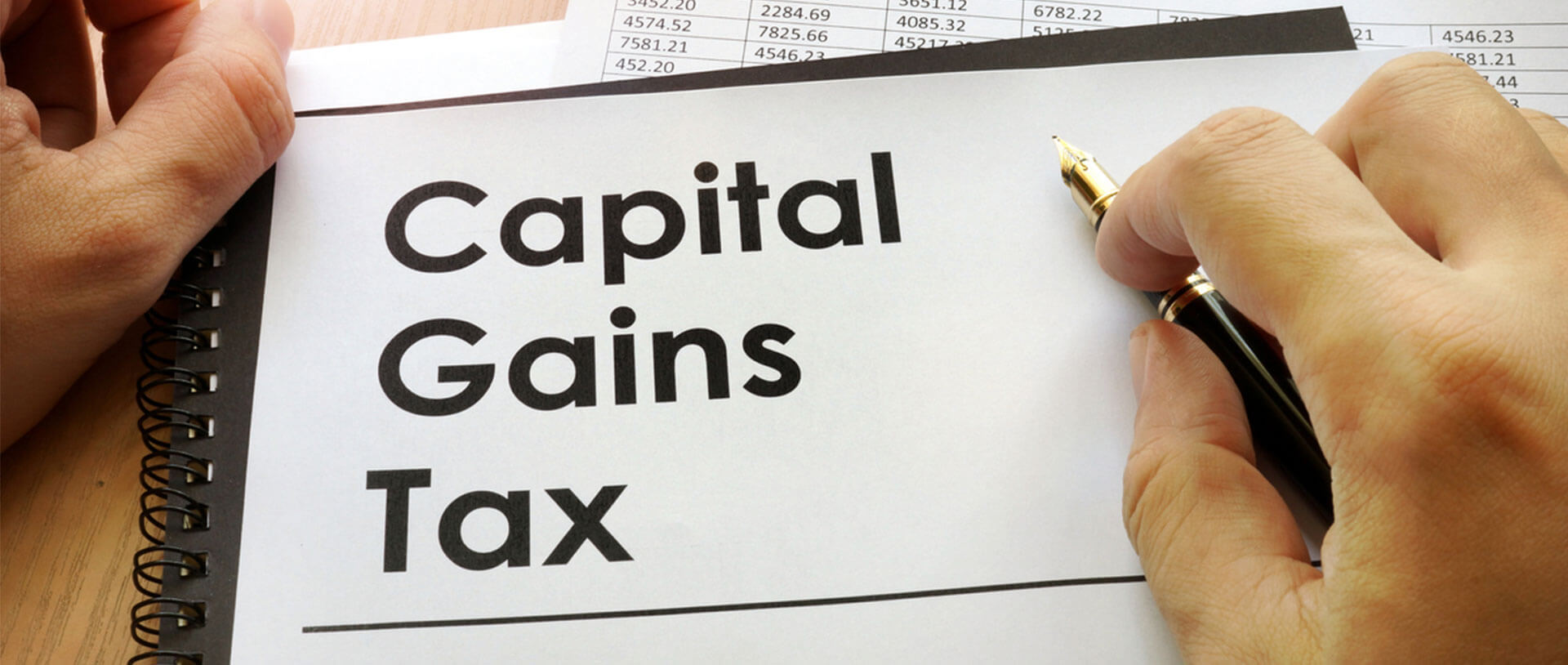
By Adedapo Adesanya
The Nigerian Exchange (NGX) Limited is seeking review of the controversial Capital Gains Tax increase, fearing it will chase away foreign investors from the country’s capital market.
Nigeria’s new tax regime, which takes effect from January 1, 2026, represents one of the most significant changes to Nigeria’s tax system in recent years.
Under the new rules, the flat 10 per cent Capital Gains Tax rate has been replaced by progressive income tax rates ranging from zero to 30 per cent, depending on an investor’s overall income or profit level while large corporate investors will see the top rate reduced to 25 per cent as part of a wider corporate tax reform.
The chief executive of NGX, Mr Jude Chiemeka, said in a Bloomberg interview in Kigali, Rwanda that there should be a “removal of the capital gains tax completely, or perhaps deferring it for five years.”
According to him, Nigeria, having a higher Capital Gains Tax, will make investors redirect asset allocation to frontier markets and “countries that have less tax.”
“From a capital flow perspective, we should be concerned because all these international portfolio managers that invest across frontier markets will certainly go to where the cost of investing is not so burdensome,” the CEO said, as per Bloomberg. “That is really the angle one will look at it from.”
Meanwhile, the policy has been defended by the chairman of the Presidential Fiscal Policy and Tax Reforms Committee, Mr Taiwo Oyedele, who noted that the new tax will make investing in the capital market more attractive by reducing risks, promoting fairness, and simplifying compliance.
He noted that the framework allows investors to deduct legitimate costs such as brokerage fees, regulatory charges, realised capital losses, margin interest, and foreign exchange losses directly tied to investments, thereby ensuring that they are not taxed when operating at a loss.
Mr Oyedele also said the reforms introduced a more inclusive approach to taxation by exempting several categories of investors and transactions.
-
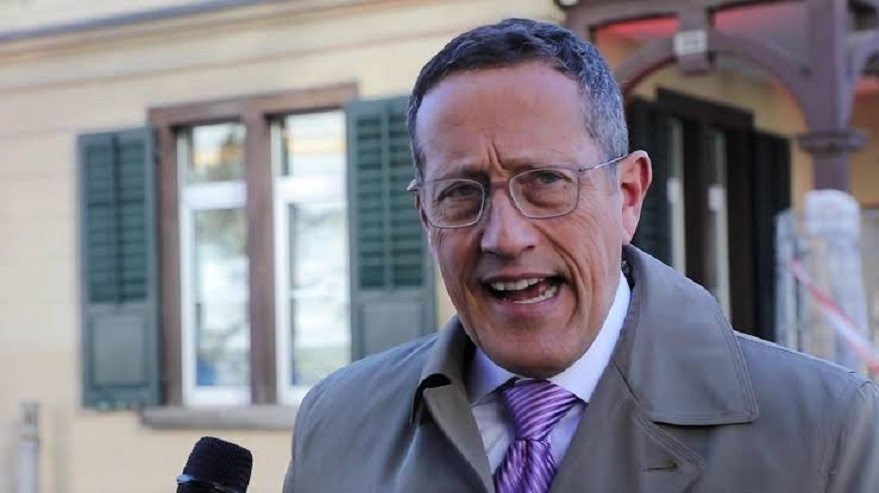
 Feature/OPED6 years ago
Feature/OPED6 years agoDavos was Different this year
-
Travel/Tourism9 years ago
Lagos Seals Western Lodge Hotel In Ikorodu
-

 Showbiz3 years ago
Showbiz3 years agoEstranged Lover Releases Videos of Empress Njamah Bathing
-

 Banking7 years ago
Banking7 years agoSort Codes of GTBank Branches in Nigeria
-

 Economy3 years ago
Economy3 years agoSubsidy Removal: CNG at N130 Per Litre Cheaper Than Petrol—IPMAN
-

 Banking3 years ago
Banking3 years agoFirst Bank Announces Planned Downtime
-

 Banking3 years ago
Banking3 years agoSort Codes of UBA Branches in Nigeria
-

 Sports3 years ago
Sports3 years agoHighest Paid Nigerian Footballer – How Much Do Nigerian Footballers Earn



